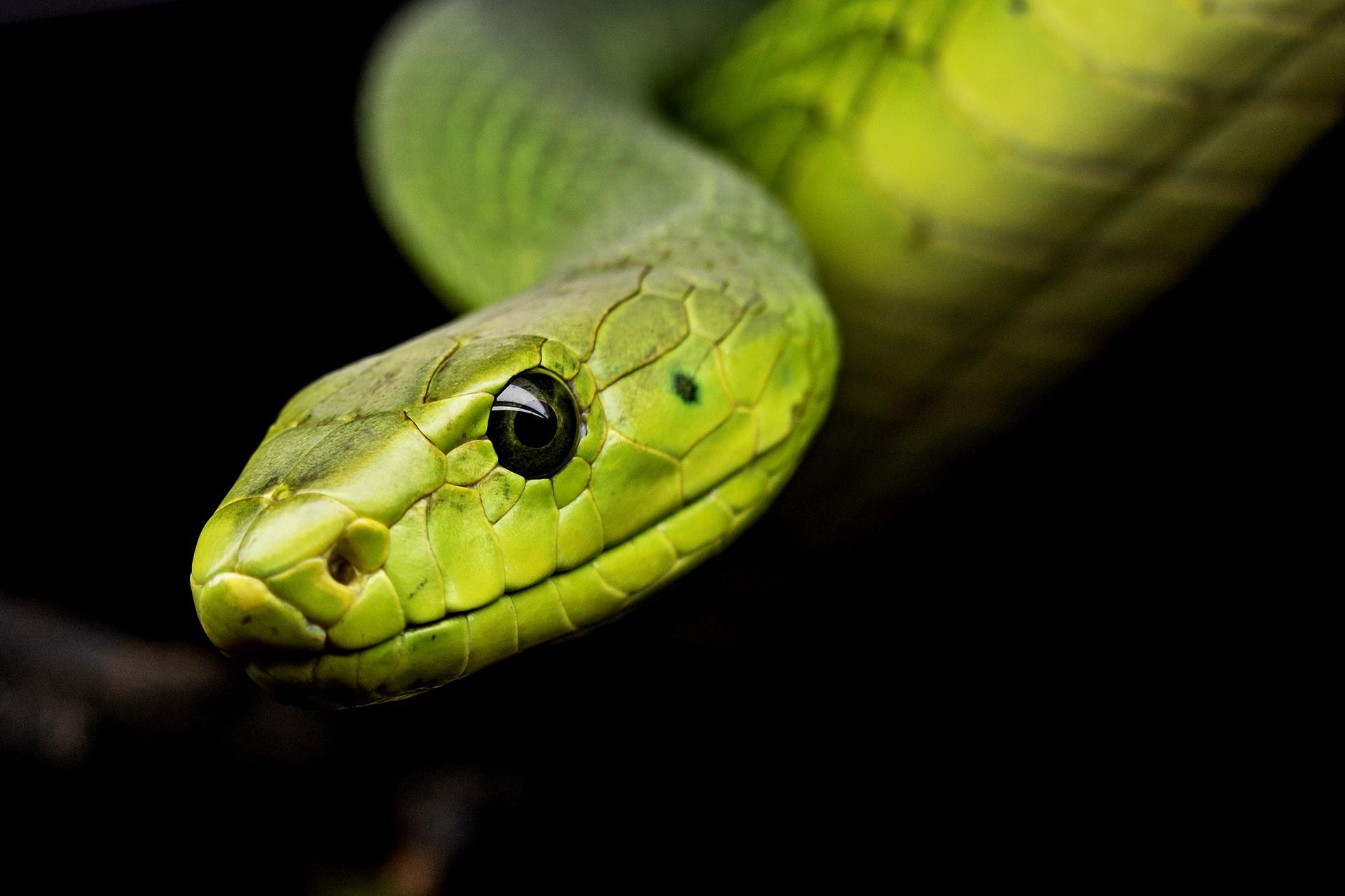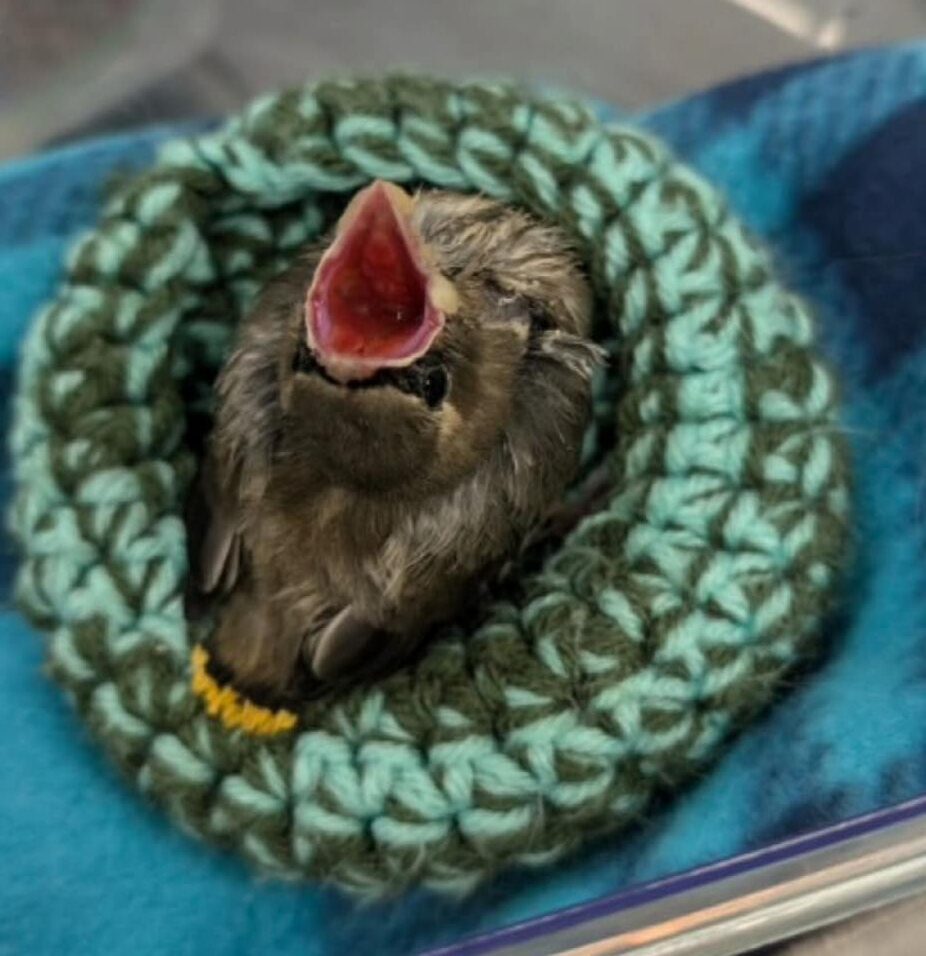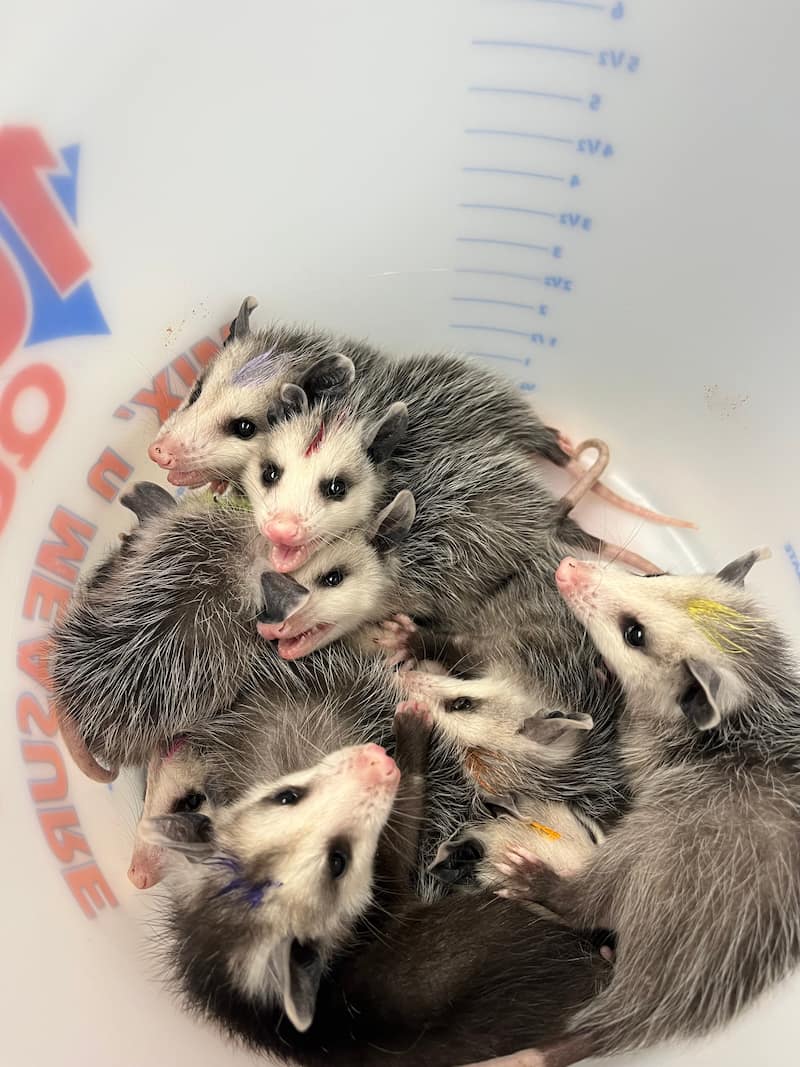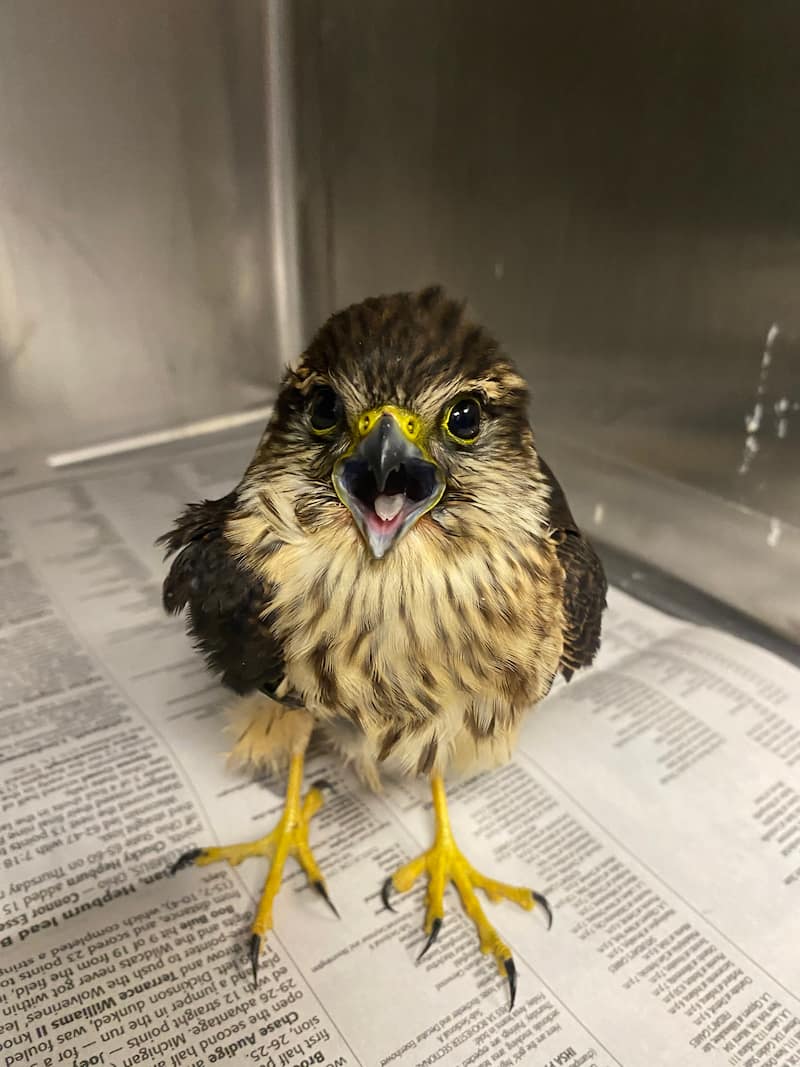As the temperatures warm up and the sun comes out, snakes will start to emerge from hibernation to enjoy the nice warm weather. With over 3,000 species of snakes across the world, and 40 species of snakes in the state of Illinois, you can likely to spot a snake this summer if you want to! If you find a snake on your property, it is best to leave the snake alone or let a licensed wildlife relocator (https://www.wildlifeillinois.org/class-a-operators/) assist in relocation. However, if you notice that the snake is sick or injured, please know we at the Wildlife Medical Clinic are happy to help care for it!
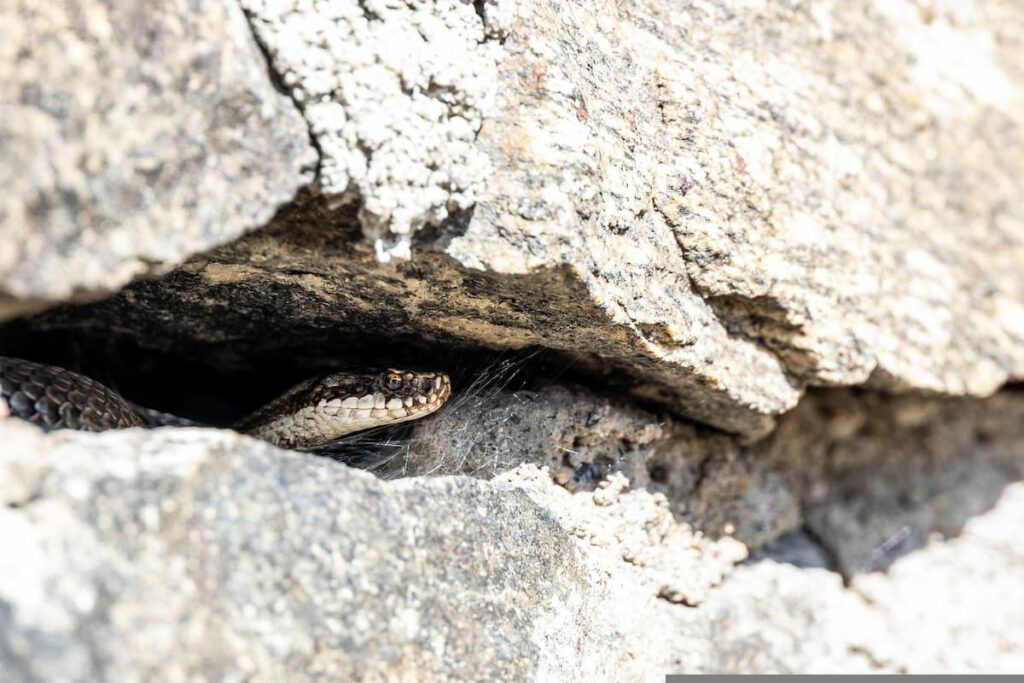
Here are 3 interesting facts about snakes!
Snakes use their tongues to smell!
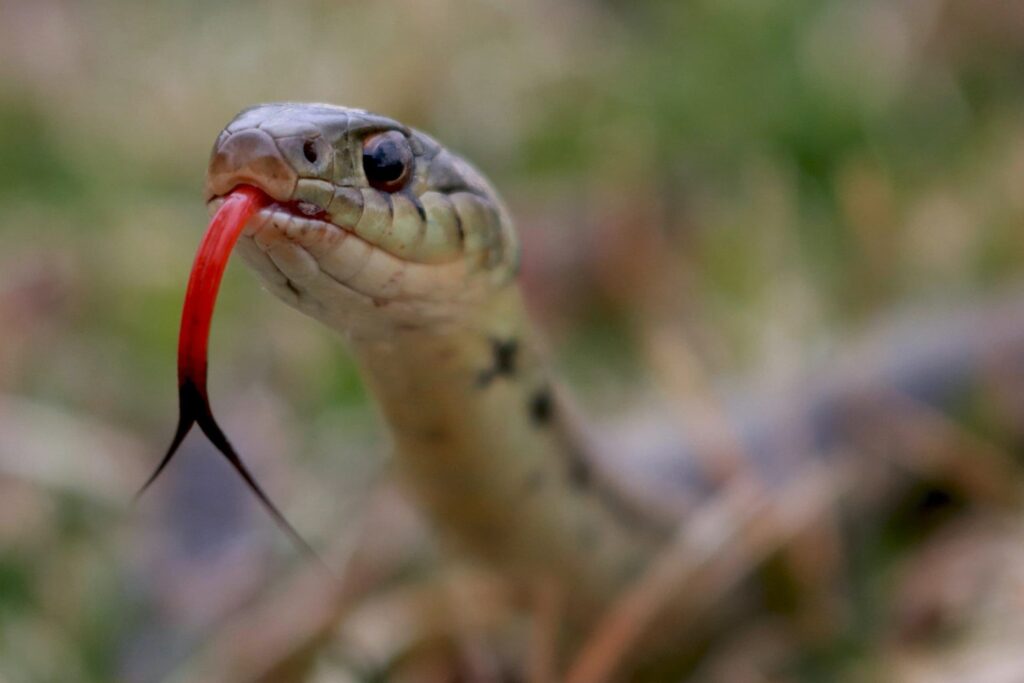
Although snakes do use their noses to smell, their tongues play a major role in receiving scent from their environment. The surface of a snake’s tongue contains receptors where chemical particles in the air can bind when the tongue is flicked outside of the mouth. After retracting their tongue, it is then inserted into the vomeronasal pits at the roof of the mouth. The vomeronasal, or Jacobson’s, organ then sends the sensory information to the brain. This allows the snake to identify nearby snakes and track its prey through the underbrush.
Also, as you may have noticed, snakes have a forked tongue. Since the fork-shape allows for a complete picture of the scents on all sides of a snake, it is believed that this feature can aid snakes in determining the direction their prey has traveled
Shedding their skin, allows snakes to both grow in size and remove external parasites.
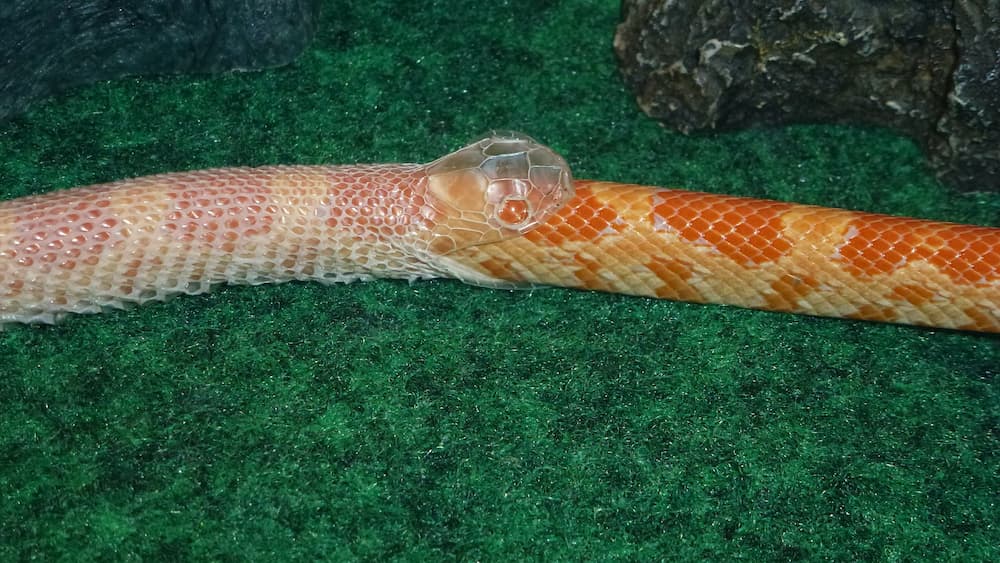
As you grow or gain weight, you start to no longer fit into your clothes, and you need new clothes to wear. Similarly, a snake’s skin doesn’t grow with its body, requiring the snake to shed its old skin and replace it with a new layer. This shedding process also allows the snake to remove any parasites from their body or heal skin wounds, creating a fresh, parasite-free layer of healthy skin. The frequency of snake shedding can vary based on species, age, and season. We can also see some diseases which can affect the frequency of shedding.
Flying snakes exist, but they don’t fly. They glide.
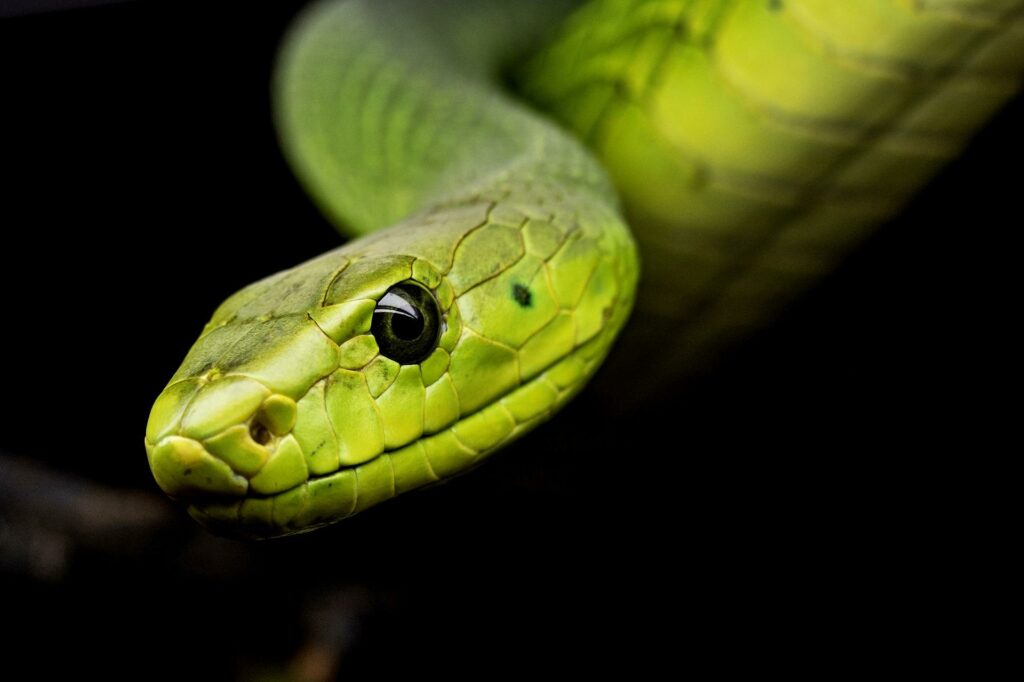
There are five known species of flying snakes found in the jungles of South and Southeast Asia. These species can reach up to 4ft long and are quite the spectacle! Despite their name, these snakes don’t actually fly. Instead, they glide by propelling themselves from a branch and then twisting their bodies to make turns. Scientists believe that snakes use their gliding to either escape from predators or quickly sneak up on a prey.
By: Aimee-Joy Hearn, c/o 2025

